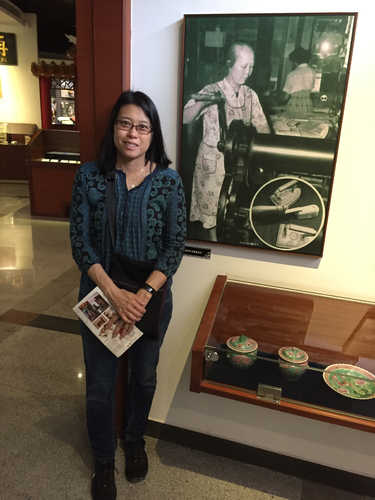Keywords: clothes
Item 15651
Klean Kwick washer and clothes wringer, Durham, ca. 1915
Contributed by: Durham Historical Society Date: circa 1915 Location: Durham Media: Wood, metal
Item 25314
Advertisement for Donnell Clothing Company, Biddeford, 1885
Contributed by: McArthur Public Library Date: 1885 Location: Biddeford Media: Ink on paper
Item 63344
234 Middle Street, Portland, 1924
Owner in 1924: Finks Clothing Co. Use: Apartments & Store
Item 35763
10 Brown Street, Portland, 1924
Owner in 1924: Frederick N Dow Use: Dwelling & Store
Item 151549
John S. Hyde residence, Bath, 1913-1914
Contributed by: Maine Historical Society Date: 1913–1914 Location: Bath Client: John Sedgwick Hyde Architect: John Calvin Stevens and John Howard Stevens Architects
Item 156408
Leon H. Smith House, Cape Elizabeth, 1925
Contributed by: Maine Historical Society
Date: 1925
Location: Cape Elizabeth
Client: Leon H Smith
Architect: John Calvin Stevens and John Howard Stevens Architects
This record contains 3 images.
Exhibit
Northern Threads: Civil War-era clothing
An exhibit vignette within "Northern Threads, Part 1," featuring American Civil War civilian and military clothing, 1860 to 1869.
Exhibit
Fashionable Maine: early twentieth century clothing
Maine residents kept pace with the dramatic shift in women’s dress that occurred during the short number of years preceding and immediately following World War I. The long restrictive skirts, stiff collars, body molding corsets and formal behavior of earlier decades quickly faded away and the new straight, dropped waist easy-to-wear clothing gave mobility and freedom of movement in tune with the young independent women of the casual, post-war jazz age generation.
Site Page
Historic Clothing Collection - Mourning Clothing
"Mourning Clothing View the Mourning Clothing Slide Show With the growth of the middle class, the custom of wearing black during periods of…"
Site Page
Historic Clothing Collection - Children's Wear
"Children's Wear View the Children's Clothing Slide Show For the second half of the 19th century children’s fashions mirrored adult styles."
Story
Stripped Of More Than Clothing
by Dan Adams
Juvenile strip searches while incarcerated.
Story
Wabanaki Fashion
by Decontie & Brown
Keeping the spirit and memories of our ancestors alive through fashion and creativity
Lesson Plan
Primary Sources: Daily Life in 1820
Grade Level: 6-8, 9-12
Content Area: Social Studies
This lesson plan will give students the opportunity to explore and analyze primary source documents from the years before, during, and immediately after Maine became the 23rd state in the Union. Through close looking at documents, objects, and art from Maine during and around 1820, students will ask questions and draw informed conclusions about life at the time of statehood.
Lesson Plan
Grade Level: 6-8, 9-12, Postsecondary
Content Area: Science & Engineering, Social Studies
This lesson presents an overview of the history of the fur trade in Maine with a focus on the 17th and 18th centuries, on how fashion influenced that trade, and how that trade impacted Indigenous peoples and the environment.





















